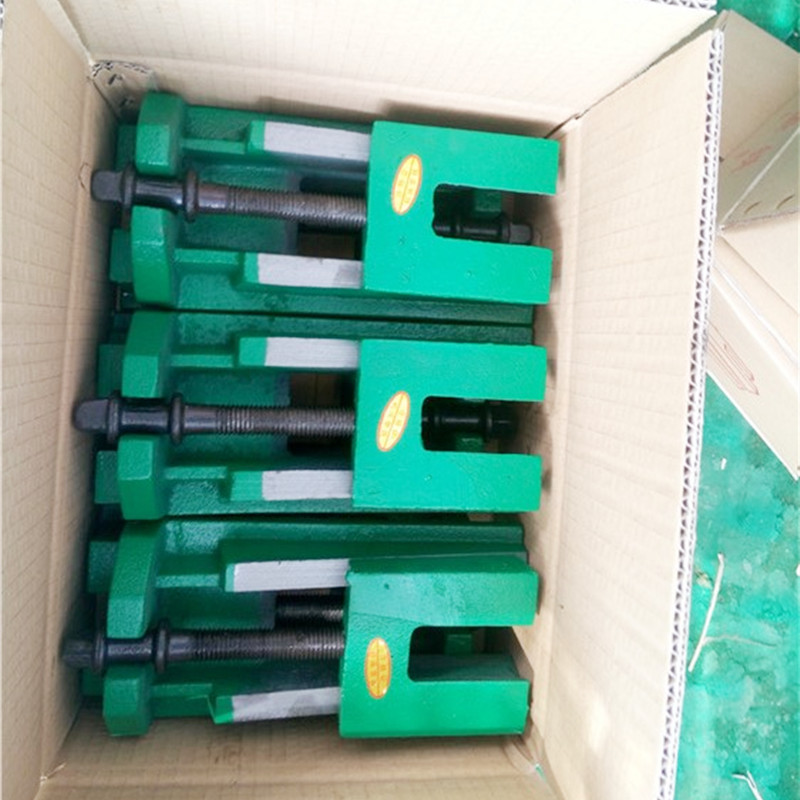nov. . 11, 2024 06:50 Back to list
how to replace water valve
How to Replace a Water Valve A Step-by-Step Guide
Replacing a water valve may seem daunting, but with the right tools and a little know-how, you can do it yourself. Water valves control the flow of water in your home, and when they wear out or develop leaks, it becomes necessary to replace them to maintain water flow and prevent further damage. This guide will walk you through the process of replacing a water valve safely and efficiently.
Tools and Materials You Will Need
Before starting, gather the following tools and materials
- Adjustable wrench or pipe wrench - Pipe cutter (if needed) - Replacement valve - Plumber's tape - Bucket or towels (to catch any water) - Safety goggles - Gloves - Pipe joint compound (if applicable)
Step 1 Turn Off the Water Supply
The first and most crucial step in replacing a water valve is to shut off the main water supply. Locate the main shut-off valve, typically found near the water meter, and turn it clockwise until it stops. Additionally, open a faucet in your home (preferably at the highest point) to relieve any pressure and let remaining water drain out. This will minimize spills when you remove the old valve.
Step 2 Drain the Pipes
To work safely, you'll want to drain the pipes connected to the valve you are replacing. Position a bucket or towels underneath the valve to catch any residual water. Open nearby faucets to allow remaining water in the pipes to flow out. This will keep your workspace clean and dry.
Step 3 Remove the Old Valve
Using an adjustable wrench or pipe wrench, grasp the valve tightly. If the valve is threaded onto the pipe, you can turn it counterclockwise to unscrew it. Be cautious; if the valve is stuck, applying a penetrating oil may help. If the valve is soldered to the pipe, you will need to cut it out using a pipe cutter. Once completely detached, remove any old plumber's tape or joint compound from the threads to ensure a clean surface for the new valve.
how to replace water valve

Step 4 Prepare the New Valve
Before installing the new valve, check its compatibility with your existing plumbing. Wrap the threads of the new valve with plumber's tape to ensure a watertight seal. If you are using a threaded valve, apply the tape in a clockwise direction for the best results.
Step 5 Install the New Valve
Screw the new valve into place by hand, turning it clockwise. Use your wrench to tighten it further, but be careful not to overtighten, as this can damage the threads. If you are using a ball valve or a gate valve, ensure the handle position allows for easy access.
Step 6 Test for Leaks
Once the new valve is installed, turn the main water supply back on gradually. Open the nearby faucets to help relieve pressure in the system. Check the newly installed valve for any leaks by visually inspecting it and feeling for moisture. If you notice any leaks, turn off the water supply and tighten the valve until the leak stops.
Step 7 Clean Up
After ensuring that there are no leaks, clean up your work area. Reattach any insulation or covers that may have been removed during the process. Dispose of the old valve and any debris appropriately.
Conclusion
Replacing a water valve can be a straightforward DIY project if you follow these steps carefully. Always prioritize safety by wearing gloves and goggles, and if at any point you feel uncomfortable, don’t hesitate to call a professional plumber. With a little patience and attention to detail, you’ll have your water valve replaced and functioning in no time, ensuring the efficient flow of water in your home.
-
Why Metric Trapezoidal Thread is Ideal for Precision Motion ControlNewsAug.05,2025
-
The Unique Properties of a Block of Granite for Industrial UseNewsAug.05,2025
-
The Role of Flanged Y Strainers in Preventing Pipeline ClogsNewsAug.05,2025
-
The Importance of Regular Calibration for Master Ring GagesNewsAug.05,2025
-
How a Cast Iron Surface Table Enhances Accuracy in ManufacturingNewsAug.05,2025
-
Comparing Different Check Valve Types for Optimal Flow ControlNewsAug.05,2025
Related PRODUCTS









